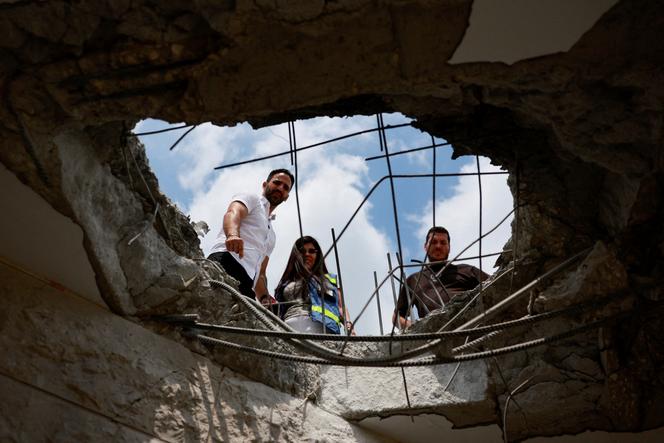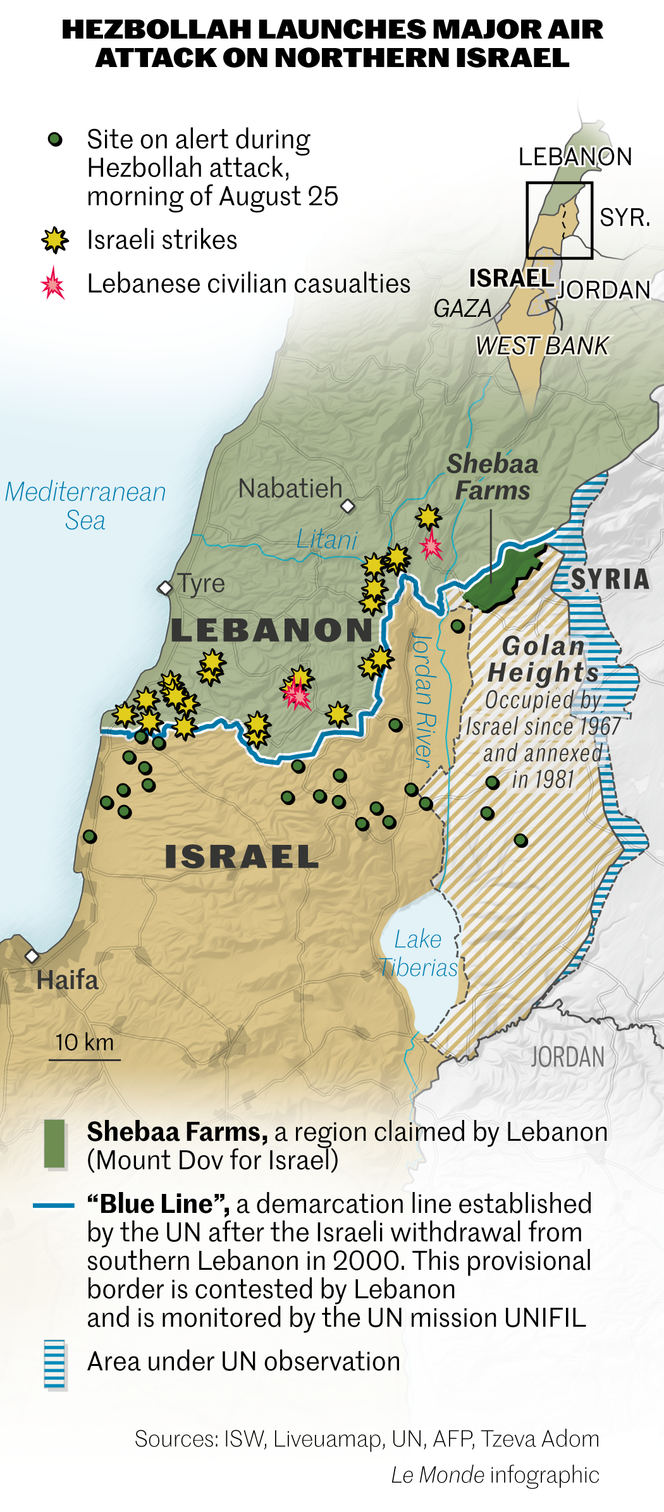


After weeks of tension, pressure, calculations and threats, the Israeli army and the Lebanon-based Hezbollah entered a phase of large-scale confrontation just before dawn on Sunday, August 25 – the consequences of which are still uncertain. However, the clash was brief – a thunderclap in a turbulent regional sky – followed by an almost total calm.
The potential tipping point – threatening to lead to regional military escalation – came when the Israeli army, after hours of final preparations, launched a major air operation described as pre-emptive, targeting "thousands of Hezbollah rocket launcher barrels aimed at northern and central Israel" in 40 launch sites in southern Lebanon. According to Israeli army spokesman Lieutenant-Colonel Nadav Shoshani, this was part of a "complex" operation involving "around 100 aircraft" – a colossal number.
According to the same source, the vast majority of these aircraft were Israeli. "Allies," led by the US, lent a hand, although details of this support are not yet known.
Since July 30 and the strike on Beirut that killed Fuad Shukr, senior military officer and right-hand man of Hezbollah leader Hassan Nasrallah, Lebanon's "Party of God" had promised to retaliate, reiterating threats to strike deep into Israeli territory. Not only in the north, in Galilee, but also in the central region, where major cities, the port of Haifa, military installations and important infrastructure are located. Since the day after October 7, 2023, the Israeli army and Hezbollah have been engaged in a low-intensity conflict, with fire on both sides of their common border. This conflict has rendered southern Lebanon and northern Israel uninhabitable for the population, but has remained contained, despite fears that the slightest firing or miscalculation could lead to escalation.
Has this escalation now happened? Katyusha rockets were jointly fired towards Israel in the early hours of the morning by Hezbollah, which estimates their number at 320. What is the toll and damage on both sides? It's still hard to say. In a press release, Hezbollah claims to have targeted and damaged 11 military bases and installations on Israeli territory, from the occupied Golan Heights, bordering Syria, to positions in the north in Galilee, stretching from the east to the west of the country's northern strip, ostensibly avoiding targeting any city, particularly Haifa.

On paper, this gives the impression of an overall maneuver, or a "string" of Israeli military targets. No civilians killed, no town hit, and therefore no red line crossed. The Israeli army reported no casualties in the Hezbollah attack, and only "minor damage" including fires. A state of emergency was nevertheless declared throughout Israel for 48 hours from 6 am local time.
You have 58.23% of this article left to read. The rest is for subscribers only.
